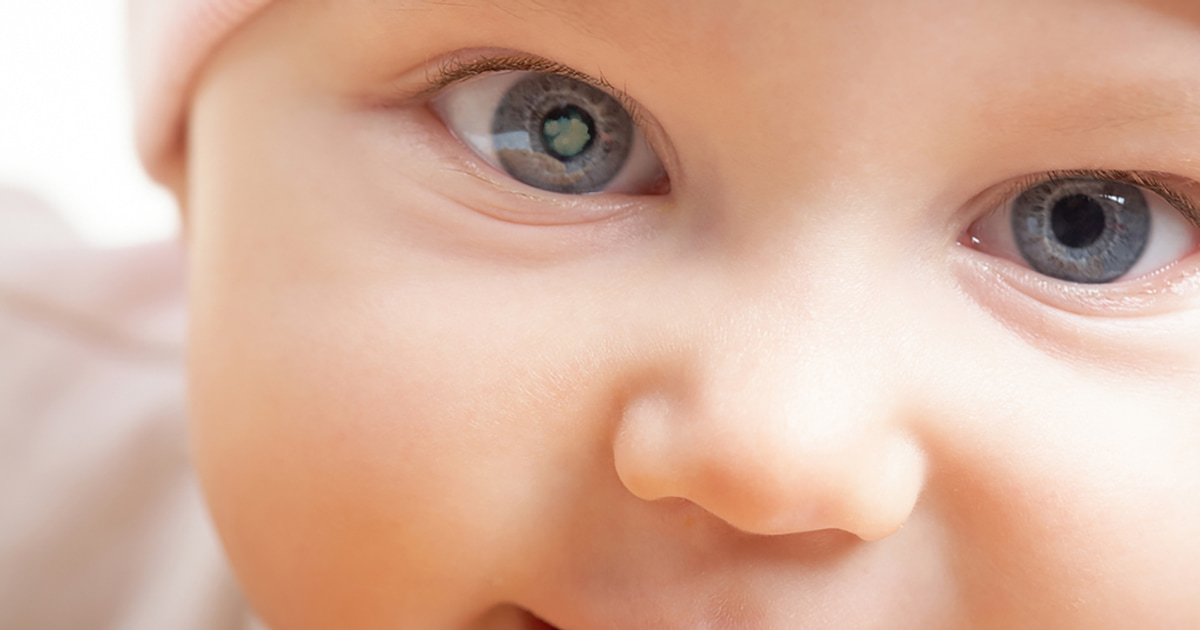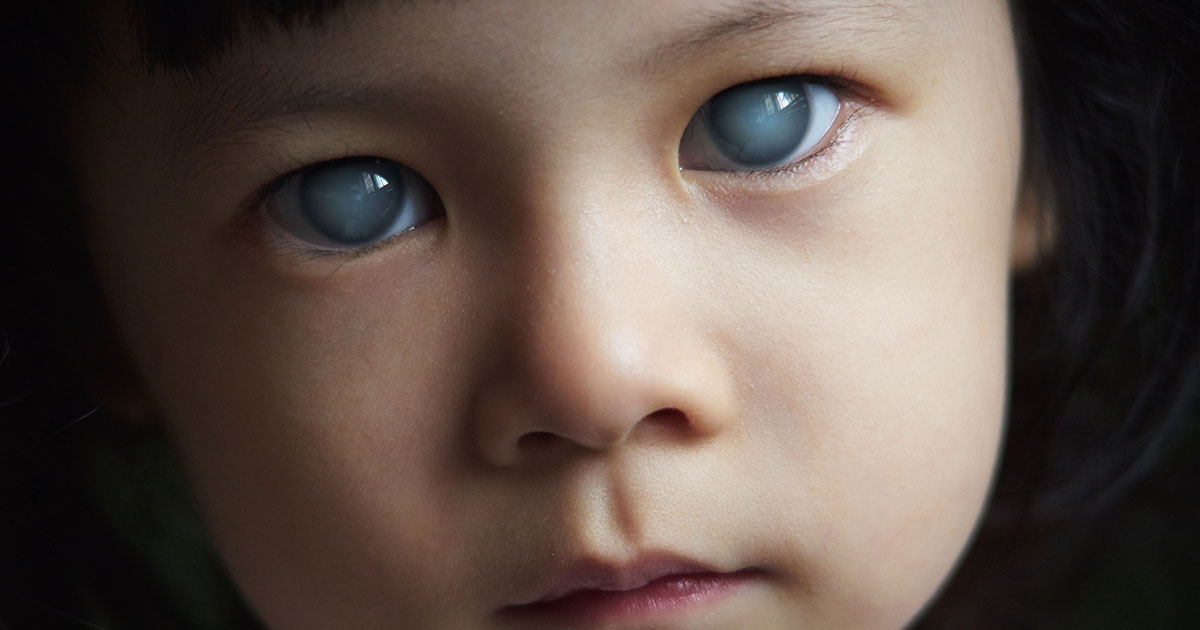This week’s blog on Paediatric Cataract has been contributed by Dr Syed M. Asad Ali, Consultant Paediatric Ophthalmologist, Strabismus and Cataract Surgery What is Cataract? Cloudiness or opacity in the natural crystalline lens of the eye is called cataract. It is also called ‘white water’ or ‘white pearl’ because of its white appearance. Cataract is… Continue reading What Is Paediatric Cataract? Causes, Risks & Management
Glaucoma Preceptorship in association with Novartis held at Moorfields Dubai in February 2018
[:en] [:ar] [:]
What is Paediatric Glaucoma? Causes, Signs and Treatment Options
This blog has been authored by Dr. Salman Waqar, Consultant Ophthalmologist in Cataract and Glaucoma Surgery for Children and Adults While glaucoma is often associated with adults, it can also affect children, even from birth. Known as paediatric glaucoma or congenital glaucoma, this condition involves increased pressure inside the eye, which may damage the optic nerve… Continue reading What is Paediatric Glaucoma? Causes, Signs and Treatment Options

